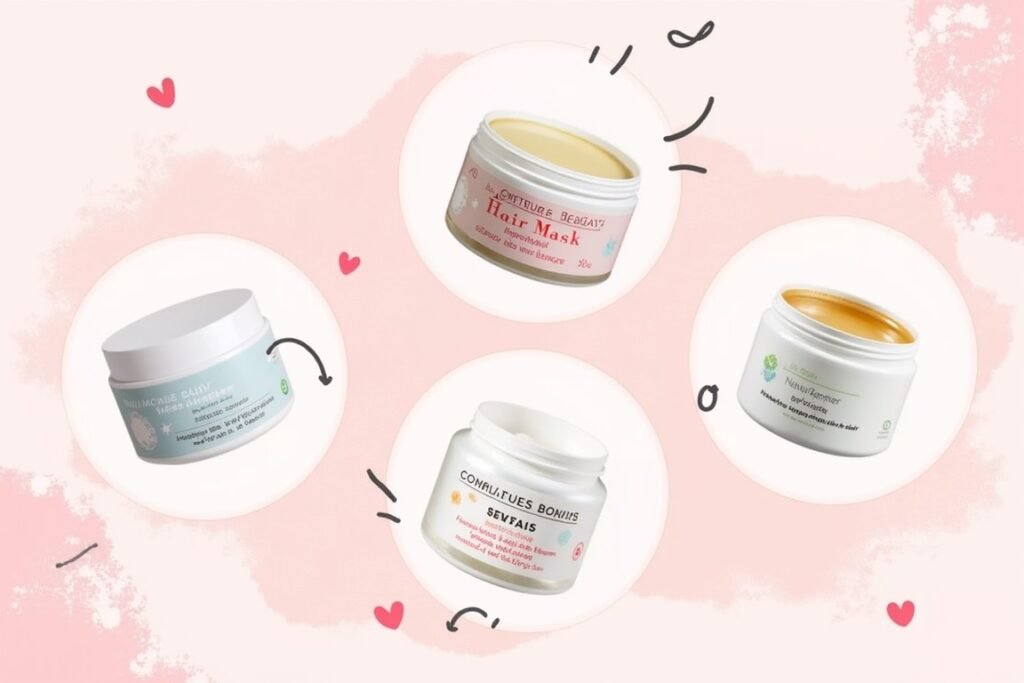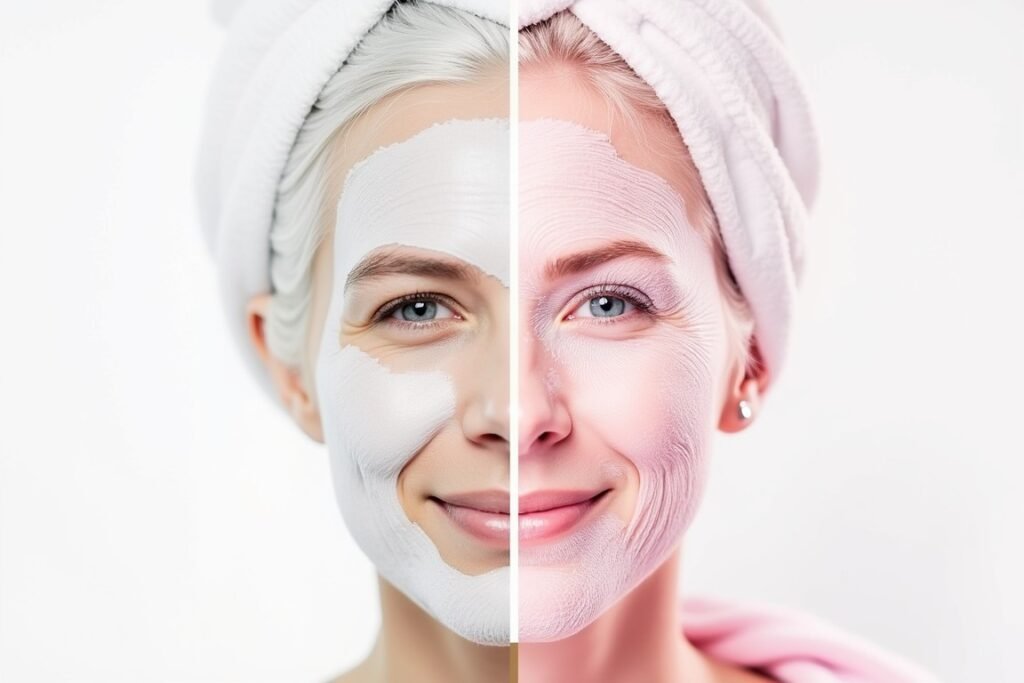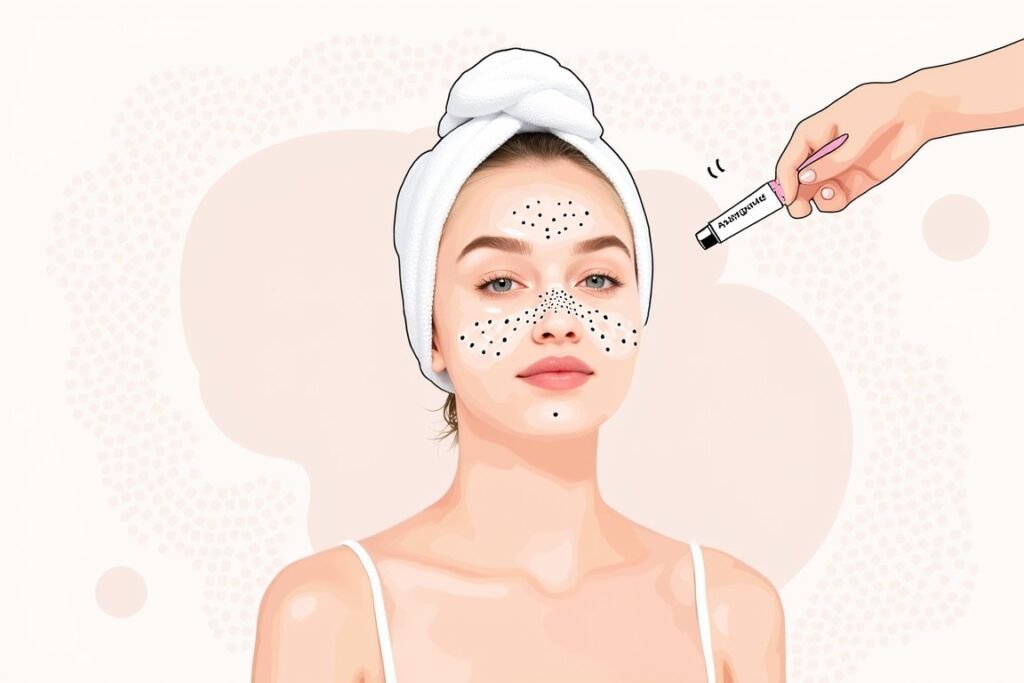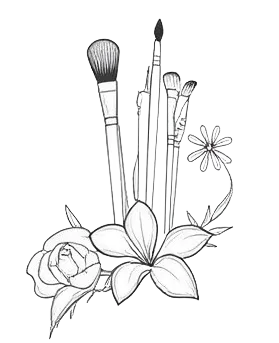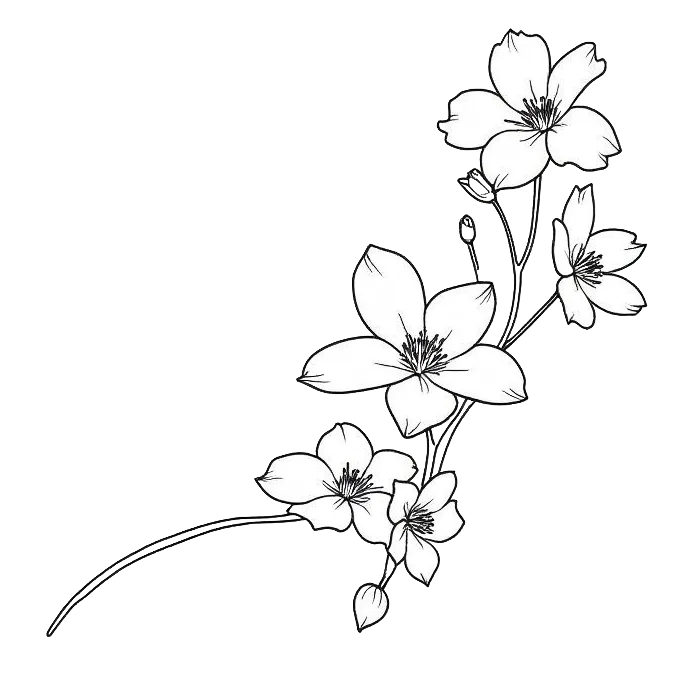Your hair feels like straw, snaps when you brush it, and looks dull no matter what you do. Sound familiar? If you’re dealing with damaged hair, you’ve probably wondered whether those expensive salon treatments are worth it, or if you can fix things with ingredients from your kitchen.
Here’s what I’ve discovered after trying everything from $5 drugstore masks to $50 salon treatments, plus countless DIY experiments: some homemade masks can be surprisingly effective, but only if you understand what type of damage you’re dealing with and choose the right ingredients.
Let me share the DIY hair mask recipes that actually work, when to use them, and how they compare to store-bought options.
Contents
- 1 Quick guide – best DIY ingredients for different hair damage types
- 2 What causes hair damage and how masks help repair it
- 3 6 proven DIY hair mask recipes for damaged hair
- 4 Protein masks vs moisturizing masks – which does your hair need?
- 5 How to apply hair masks correctly for maximum results
- 6 DIY hair masks vs store-bought – honest comparison
- 7 How often should you use hair masks on damaged hair?
Quick guide – best DIY ingredients for different hair damage types
For dry, brittle hair:
- Coconut oil + honey
- Avocado + olive oil
- Banana + yogurt
For protein-deficient hair (stretchy, gummy when wet):
- Egg + mayonnaise
- Greek yogurt + honey
- Gelatin protein treatment
For chemically damaged hair:
- Coconut oil + egg white
- Avocado + honey + olive oil
- Deep conditioning with natural oils
For heat-damaged hair:
- Aloe vera + coconut oil
- Banana + honey + milk
- Shea butter + argan oil
The key is matching the treatment to your specific type of damage – using the wrong approach can actually make things worse.
What causes hair damage and how masks help repair it
Before jumping into recipes, let’s talk about what’s actually happening to your damaged hair:
Chemical damage from bleaching, coloring, or relaxing breaks down the protein structure of your hair. Heat damage from styling tools literally cooks the hair shaft, creating weak spots. Environmental damage from sun, chlorine, and pollution strips away the protective cuticle layer.
How hair masks work:
- Moisturizing ingredients like oils and butters fill in gaps in the hair shaft
- Protein ingredients like eggs temporarily strengthen weakened hair structure
- Humectants like honey draw moisture from the air into your hair
- Emollients smooth the cuticle layer, reducing tangling and breakage
But here’s the reality check: DIY masks provide temporary improvement, not permanent repair. Once hair is damaged, it stays damaged until you cut it off. Masks just make it look and feel better temporarily.
6 proven DIY hair mask recipes for damaged hair
1. Deep moisturizing coconut oil and honey mask
Best for: Dry, brittle hair that lacks moisture
Ingredients:
- 3 tablespoons coconut oil (melted)
- 2 tablespoons raw honey
- 1 tablespoon olive oil
Why it works: Coconut oil penetrates the hair shaft better than most oils, honey is a humectant that draws moisture, and olive oil seals the cuticle.
How to use: Mix ingredients, apply to damp hair from mid-length to ends, cover with shower cap, leave for 30-60 minutes, shampoo twice to remove.
2. Protein-rich egg and mayonnaise mask
Best for: Over-processed hair that feels stretchy or gummy when wet
Ingredients:
- 2 whole eggs
- 3 tablespoons mayonnaise
- 1 tablespoon olive oil
Why it works: Eggs contain keratin proteins that temporarily fill in damaged areas, mayo has emulsifying properties that help ingredients penetrate.
How to use: Whisk ingredients together, apply to dry hair, cover with plastic cap, leave for 20-30 minutes, rinse with cool water first, then shampoo.
3. Avocado and banana super-food mask
Best for: All types of damage, especially good for thick or coarse hair
Ingredients:
- 1 ripe avocado
- 1 ripe banana
- 2 tablespoons honey
- 1 tablespoon coconut oil
Why it works: Avocado contains healthy fats and vitamins, banana has potassium and natural oils, combination provides both moisture and nutrients.
How to use: Blend until smooth (no chunks!), apply generously to damp hair, leave for 45 minutes, rinse thoroughly with cool water.
4. Greek yogurt and honey conditioning mask
Best for: Fine hair that gets weighed down by heavy oils
Ingredients:
- 1/2 cup plain Greek yogurt
- 2 tablespoons honey
- 1 tablespoon argan oil
Why it works: Yogurt provides gentle proteins and probiotics, honey moisturizes without heaviness, argan oil is lightweight but nourishing.
How to use: Mix well, apply to damp hair, focus on ends, leave for 20-30 minutes, rinse with cool water.
5. Overnight coconut oil intensive treatment
Best for: Severely damaged hair that needs maximum moisture
Ingredients:
- 4-6 tablespoons coconut oil (solid or melted)
- Optional: few drops of rosemary essential oil
Why it works: Extended contact time allows maximum penetration, coconut oil has the smallest molecular structure of common hair oils.
How to use: Apply oil section by section to dry hair, braid or put in loose bun, cover with silk scarf, sleep on it, shampoo 2-3 times in morning.
6. Aloe vera and coconut milk soothing mask
Best for: Damaged hair with sensitive, irritated scalp
Ingredients:
- 1/4 cup fresh aloe vera gel
- 1/4 cup coconut milk
- 1 tablespoon honey
- 1 tablespoon jojoba oil
Why it works: Aloe soothes inflammation, coconut milk provides gentle moisture, combination is perfect for sensitive scalps.
How to use: Blend ingredients, apply to scalp and hair, massage gently, leave for 30 minutes, rinse with cool water.
Protein masks vs moisturizing masks – which does your hair need?
This is crucial to get right – using the wrong type can make your hair worse.
Your hair needs protein if:
- It feels gummy or stretchy when wet
- It tangles easily and breaks when brushing
- It’s been chemically processed (bleached, permed, relaxed)
- It feels limp and won’t hold styles
Your hair needs moisture if:
- It feels dry and rough
- It looks dull and lacks shine
- It’s frizzy and hard to manage
- It snaps easily when dry
The balance test: Take a wet strand of clean hair and gently stretch it. Healthy hair stretches about 30% before breaking. If it stretches much more, you need protein. If it breaks immediately, you need moisture.
Warning: Too much protein makes hair brittle and break more easily. Too much moisture makes hair mushy and weak. When in doubt, alternate between protein and moisturizing treatments.
How to apply hair masks correctly for maximum results
Preparation:
- Start with clean, damp (not soaking) hair
- Gently detangle before applying
- Section hair for even distribution
Application technique:
- Apply from mid-length to ends first (these areas are most damaged)
- Work through with fingers or wide-tooth comb
- Avoid roots unless treating scalp issues
- Use plastic shower cap or wrap to prevent dripping
Heat boost: Sit under a hooded dryer or wrap head in warm towel for first 10 minutes to help ingredients penetrate better.
Removal:
- Rinse with cool water first to seal the cuticle
- Shampoo once or twice (coconut oil may need extra shampooing)
- Follow with light conditioner if needed
DIY hair masks vs store-bought – honest comparison
DIY masks win for:
- Cost: $2-5 per treatment vs $15-40 for quality store-bought
- Customization: You control ingredients and concentrations
- No harsh chemicals: Pure ingredients without sulfates or silicones
- Freshness: Made fresh each time
Store-bought masks win for:
- Convenience: No mixing, measuring, or cleanup
- Consistency: Same results every time
- Advanced ingredients: Penetrating proteins, ceramides, specialized polymers
- pH optimization: Professionally formulated for hair’s ideal pH
- Lasting results: Often provide longer-lasting benefits
The verdict: DIY masks are great for emergency treatments and budget-friendly maintenance. Store-bought masks are better for consistent, long-term repair and convenience.
My recommendation: Use DIY masks weekly for maintenance, invest in a quality store-bought mask for intensive monthly treatments.
How often should you use hair masks on damaged hair?
For severely damaged hair:
- 2-3 times per week initially
- Reduce to 1-2 times per week as hair improves
- Alternate between protein and moisture treatments
For moderately damaged hair:
- 1-2 times per week
- Focus on moisturizing masks unless you notice protein deficiency signs
For lightly damaged hair:
- Once per week
- Can alternate DIY and store-bought treatments
Important timing notes:
- Don’t use protein masks more than once per week
- If hair feels worse after a mask, you’ve probably used the wrong type
- Give your hair 48 hours between intensive treatments



